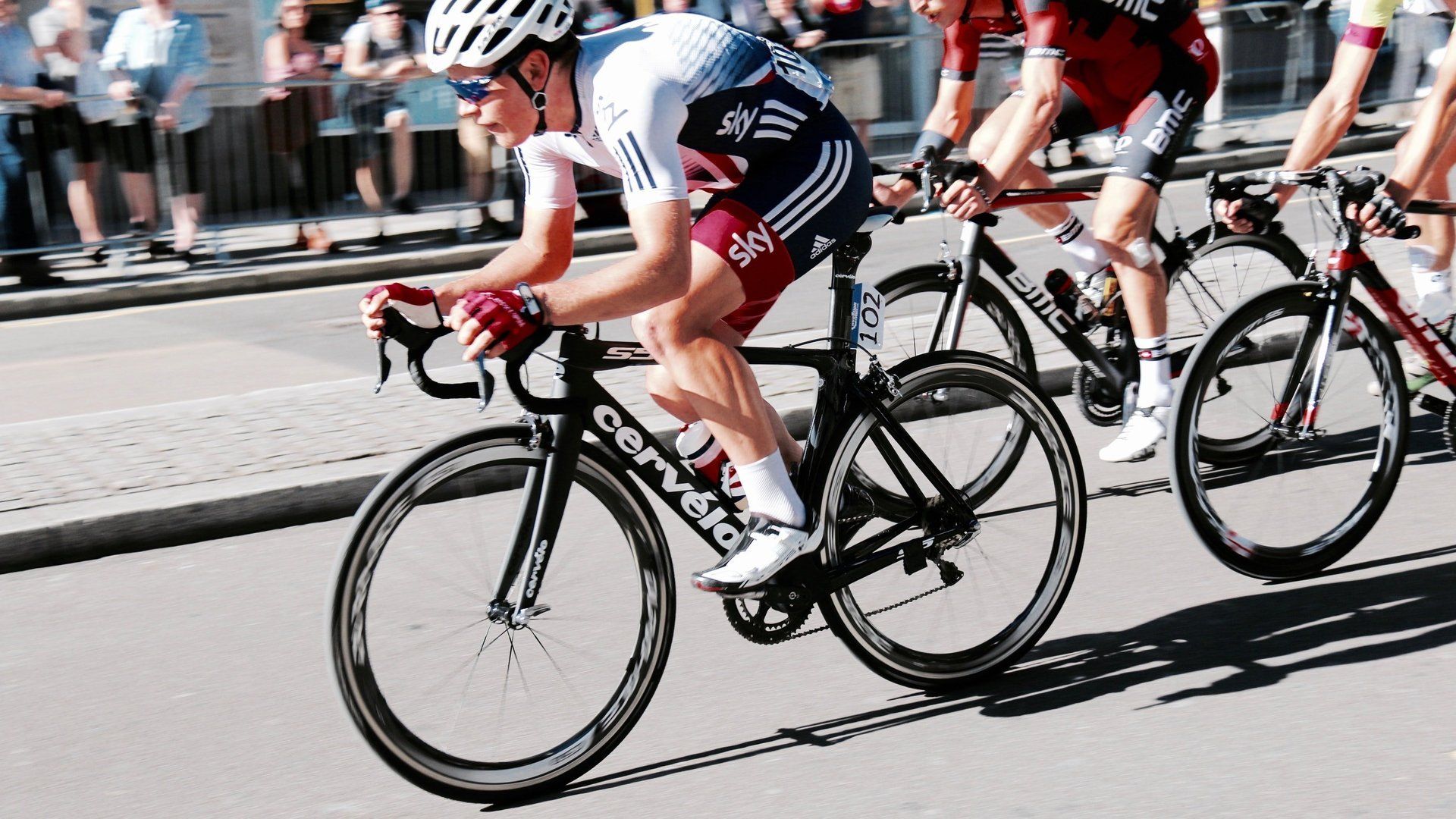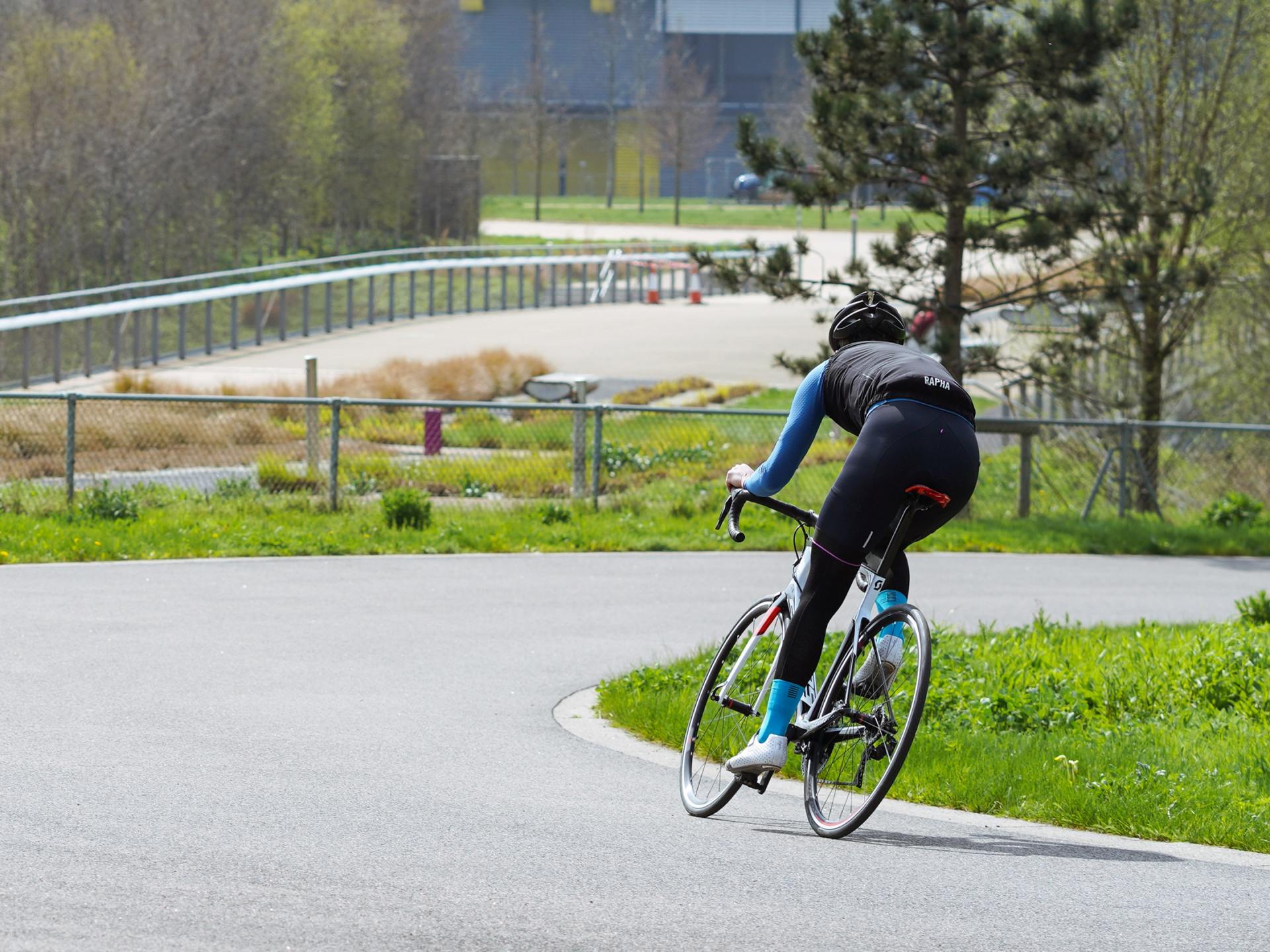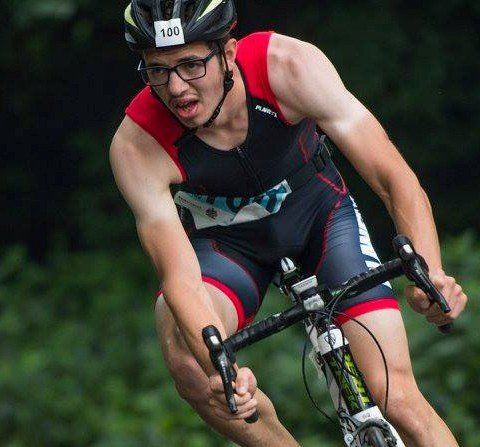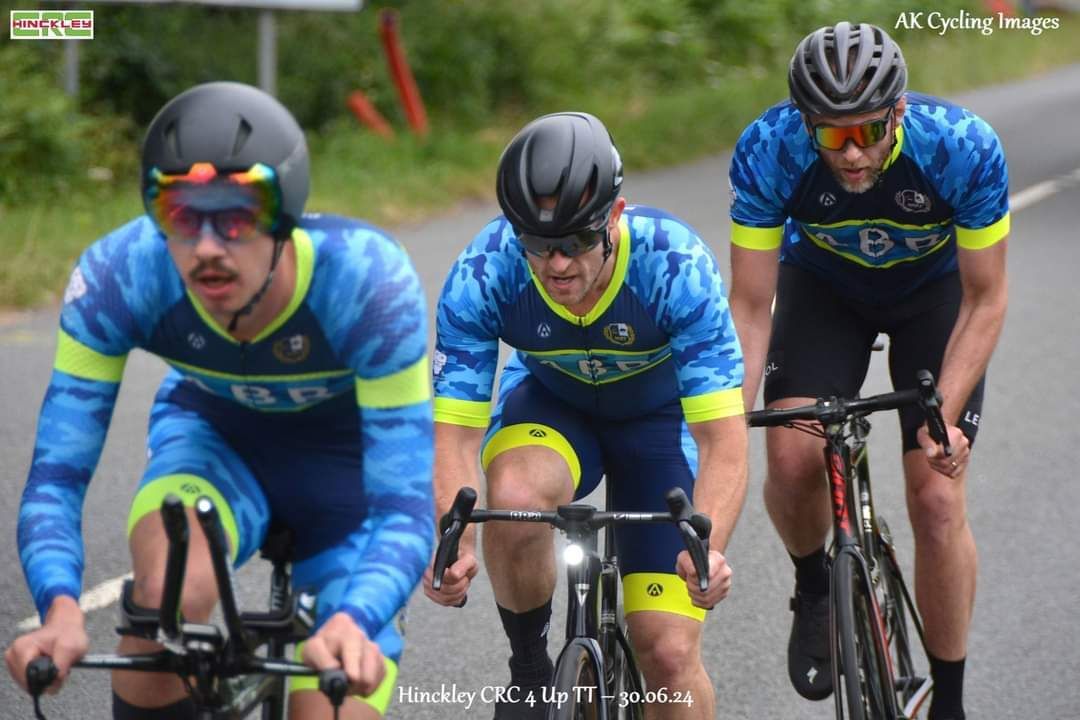Support the ABR Team
Help build a better experience for our ABR cycle team. We spend many hours on a non-paid basis.
What's Your Power - pt 1
Why should you train with power?
In this first part of seven blogs we will look at why you should train with a power meter. A power meter has the potential to transform your training, offering an unparalleled level of accuracy and analysis which will allow you to achieve your goals faster. In fact, a power meter is, quite simply, the most effective training tool if you want to improve on the bike.
However, a power meter isn’t a quick-fix solution and training with power effectively takes time and commitment. Indeed, riding with a power meter isn’t simply a case of trying to hit biggest number of watts possible, but using it to plan and guide your training.
Training with power isn’t for everyone, but this will help you determinewhether you’re ready to take the plunge. A power meter will highlight areas for improvement and allow you to workon those areas with greater precision. As long as you have a goal to work towards, training with power ensures you are getting the most out of the work you put in, helping you to complete a sportive or make that race-winning breakaway.
However, one key point to note is that a cycle power meter is only a tool – the data provided is only useful if you put in the hard work yourself. It takes commitment and won’t do the hard work for you. A power meter takes away the guess work. Riding with a cycle power meter gives you a quantifiable measure of how hard you are going. It removes any external factors such as wind, road surface, drafting, gradient etc and simply gives you a measure of how hard you are pushing the pedals. A lot of riders use heart rate to track their fitness and it’s certainly a good (and affordable) starting point – but, unlike power, heart rate doesn’t change a great deal over the course of a season and, mos tsignificantly, the winner of a race isn’t the rider that hit the highest heartrate.
Simply put, that’s because a heart rate monitor tells you how hard you are finding the effort – the physiological effort. A power meter tells you how well you are going – how much power you are putting out for that effort. The goal for any rider is to increase the amount of power for a given heart rate. As a result, a cycle power meter won’t replace your heart rate monitor, but the two are used in tandem to provide an overall picture of your form and fitness.
If you use a website such as Strava to compare your efforts over time, and to see how you’re faring, then, once again, a cycle power meter will remove any of the external factors which will affect your time on a segment, other than how hard you pushed on the pedals. A power meter eliminates the guess work and you can compare efforts like-for-like.
As we’ve already covered, your heart rate may not vary much from when you are in great form compared to when you are going terribly. Heart rate is influenced by a large number of factors – sleep, fatigue, hydration, nerves and heat to name but a few – and therefore isn’t a reliable gauge of form of fitness.
Your threshold heart rate is a great example of this – your heart rate when riding a time trial may only vary by a few beats over the course of a season. However, your power could fluctuate by as much as 10-20 percent. You might even find that at the start of the season your heart rate will go higher– this doesn’t necessarily mean you were going better than later in the season.
Having a power meter means you can measure exactly how much power you are putting out and what the physiological cost (i.e. heart rate) is if of that power output. If in January you can ride for 20 mins at 250 watts with a heart rate of 175 bpm but that improves in April to 265 watts with an average heart rate of 172 bpm, then there is an obvious improvement and you know your training is working.
A cycle power meter such as Garmin Vector pedals allows you to identify your strengths and weaknesses – and to work on them. You can identify strengths and weaknesses. If with a power meter you are able to track improvements, then it also follows that you can see where you can make improvements. For example, if on the local club run you always get dropped on a particular climb, you can look at the power data and identify what sort of improvements you need to make in order to get over thetop with the group.
This forms the starting point of a training plan – identifying what you need to improve. Having a power meter takes this goal away from ‘I need to beable to ride a bit quicker uphill’ to ‘I need another 0.2 watt per kilogram for five minutes.’ This is very important as it frames the improvements you are trying to make. Ultimately, it’s hard to set a realistic goal if you are unable to measure your progress and put the building blocks in place to achieve your target.
You can set accurate training sessions. Once you have identified what you need to work on, it’s time to go out and work on that in training. But without a power meter you can’t really prescribe the training session to any accuracy other than – try and ride harder uphill. With a power meter it’s possible to prescribe and undertake accurate training sessions designed to work on the specific aspects of fitness you have identified for improvement.
Two key advantages training with power:
1) Your training sessions are specific to the improvements you want to make and you can make sure you’re hitting the numbers required to efficiently work on that area of fitness. For example, if you are a time trialist training without a power meter but are setting off too hard in all your intervals when training, then you might not actually be working on the aspect of fitness you’re looking to improve.
2) Because the sessions are targeted, you have far less ‘junk’ in your training plan. Junk training is riding which is making you tired but isn’t working on what you want to improve. It’s important to cut out the junk if you want to improve efficiently as a rider and a power meter allows you to get the most from every ride. You can also make sure you’re fresher in the sessions that really matter, meaning you can really commit to those sessions and get more out of them.
You can pace your rides with a power meter
Once you have identified what you need to improve, created training sessions to work on those aspects of your fitness and tracked your improvement,it’s now time to put those gains into practice out on the road.
Because a power meter gives you a second-by-second account of how hard you are going, it’s the perfect tool to help you pace your effort. Nine times out of ten, the fastest way from A to B is an evenly paced effort from start to finish. It’s very easy to get a little carried away at the start and go off too hard, or to let the power drop as you start to suffer. With a power meter you can determine your own pacing and stick to it, as you can see exactly how much power you are putting out at that exact time. That brings us onto another draw back of heart rate – lag. Heart rate is relatively slow to respond to effort, so the number you’re seeing on your computer, may not accurately represent how hard you’re working.
With a cycle power meter there are no more excuses for blowing up halfway up a climb. Correct pacing can be the difference between a new PB, a gold or silver time in a sportive, staying in touch with the front group in a race, hitting your season goals or just missing them.
Pacing, pacing, pacing – a cycle power meter will allow you accurately judge the pace of your rides. The ultimate goal of using a power meter is to make you a faster bike rider. The beauty of a power meter compared with an upgrade else where on your bike, is that as you improve, it will help keep helping you and enable you to improve further still. Identifying areas for improvement, working on them in training, measuring performance, and putting them into practice out on the road – is a continuous process which will help you improve in the short, medium and long term. Only a power meter will give you the opportunity to make those continuous gains.
Check out great deals on power meters here
ABR blogs are brought to you by Bloobo.com Website Builders.
What do they do?
Bloobo.com offers a wide range of services nationwide, all serviced from their offices in Derby.
Services include: Website Builder. Mobile apps. Marketing
They will work with you to design and build your website to match your brand, help attract new customers and manage social media and marketing consultancy.
Everything is designed for your brand and they offer great value whilst guaranteeing high quality.
















